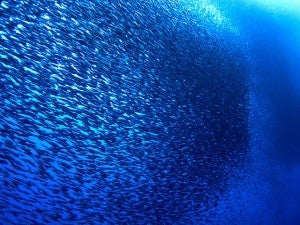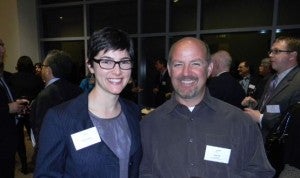As fishermen around New England will be the first to point out, this summer, much like last year, has been abnormal. The ocean waters were warmer and cod, haddock, and flounders—the mainstay of our fishing industry for centuries—are increasingly elusive. There’s plenty of blame to go around, including decades of mismanagement and overfishing, inexact science and a mismatch in abundance of certain predatory species. Looking beyond these factors, the impact of climate change on fisheries is another factor driving fish abundance that’s worth a hard look.
The level of carbon dioxide in the Earth’s atmosphere has now exceeded 400 parts per million, contributing to rising ocean temperatures. Some of the fastest increases in the last few decades have occurred in the Northwest Atlantic, and 2012 registered the largest annual increase in mean sea surface temperature for the Northwest Atlantic in the last 30 years.
It is clear that climate change is disrupting New England’s fisheries right now; it is no longer an abstract, future scenario.
In the face of this evidence, fisheries managers need to factor in climate change alongside fishing effort and other elements when determining how to manage and rebuild fish stocks. The impacts of climate change can prevent fisheries management inactions from rebuilding fish populations, and conversely, excess fishing pressure can hinder the ability of a fish population to adapt to changes in climate. As I have written recently, a network of well-designed closed areas represents a promising management strategy to address the effect of climate change on fisheries. Read More














